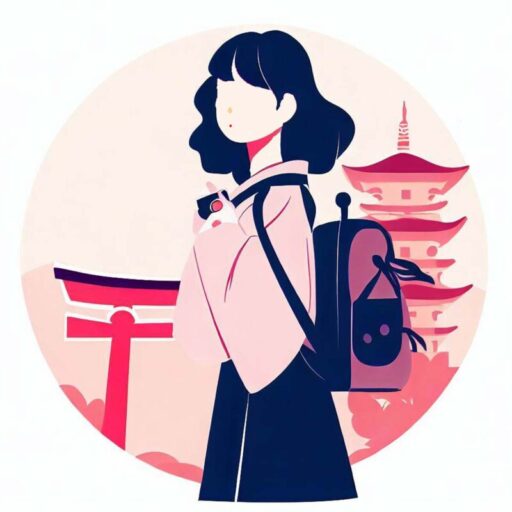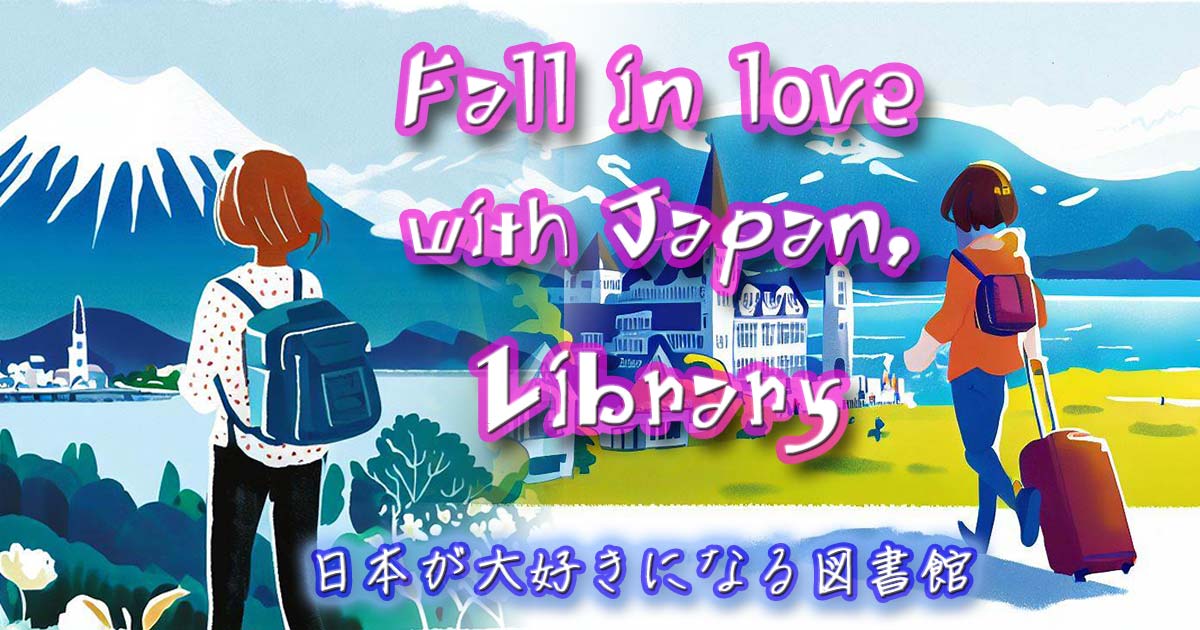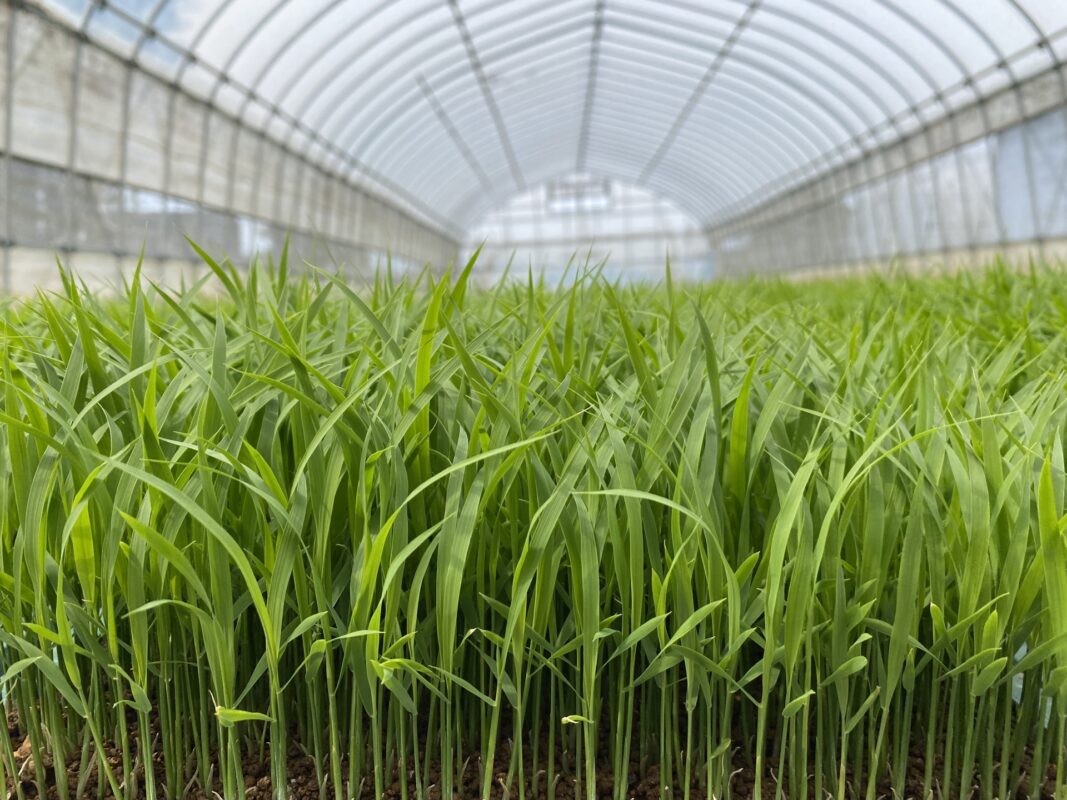Rikka: Japanese Customs and History That Color Early Summer – Travel Writer Kasumi Explains the Charm of the Four Seasons

『 This article is… 』
Travel writer Kasumi introduces traditional cultures and unique features from across Japan. Explore the snow festival of Hokkaido, tea culture in Shizuoka, crafts in Kyoto, Eisa dance in Okinawa, and rice cultivation in Niigata. Ideal for enthusiasts of tradition and Japanese culture. Reading this page deepens your understanding of Japan’s diverse regional cultures and inspires your next travel destination.
The Arrival of Rikka and the Journey Through Japan’s Four Seasons
Hello, I am Kasumi, a travel web writer. I journey through the beautiful seasons of Japan, and among them, ‘Rikka’ holds a special meaning. Rikka, traditionally one of Japan’s forty seasonal terms, marks the transition from spring to summer. This season is a moment when the natural changes are accompanied by the rich display of customs and history across Japan.
Traveling nationwide, I’ve felt that the arrival of Rikka brings distinct charms to each region. The background of these customs and history, their origins and meanings, are imbued with a deep understanding of Japanese life and culture. In this article, I delve into the customs and history related to Rikka, exploring their characteristics, regional differences, and contemporary significance, interspersed with my experiences.
As Rikka approaches, various events take place across Japan, each reflecting the region’s history and culture. During this beautiful time, let’s embark on a journey to deeply understand the culture nurtured by Japan’s rich nature and rediscover its allure.
- The Origin and Historical Background of Rikka
- Customs and Features of Rikka – The Rich Palette of Japanese Spring and Summer
- Regional Characteristics of Rikka – Spring and Summer Scenery Across Japan
- The Diversity of Rikka Customs – From North to South
- Hokkaido: The Arrival of Spring and a Feast of Cherry Blossoms
- Tohoku: Harmony of Tradition and Nature
- Kanto: Coexistence of City and Nature
- Western Japan: Fusion of Customs
- Kyushu and Okinawa: Celebrations of Sea and Nature
- Modern Interpretation of Rikka
- Rikka and Modern Society – Reflections on the Change of Seasons
- Our Role in Welcoming Rikka – Towards a Future in Harmony with Nature
- The Beauty of Japanese Seasons as Felt Through Rikka
- Kasumi’s Points
The Origin and Historical Background of Rikka
Rikka – The Gateway from Spring to Summer
Rikka, one of Japan’s traditional twenty-four sekki, refers to the period around May 5th each year. This day symbolizes the transition from spring to summer and is an important moment to feel the breath of nature. Historically, Rikka has its origins in the ancient Chinese solar calendar and was introduced to Japan during the Nara period.
Customs of Rikka – Regional Colors
In Japan, Rikka is marked by various customs and events that differ by region. For example, in Asakusa, Tokyo, a ‘Hyakunin Isshu Karuta’ tournament is held on the day of Rikka, allowing participants to engage with classical culture. Meanwhile, in Kyoto, ‘Rikka no Shinji,’ a traditional ritual, is performed, preserving ancient ceremonies.
Rikka also signifies the beginning of agricultural activities, with rice planting preparations starting in rural areas nationwide. For instance, in the rice fields of Niigata Prefecture, a lush green pastoral landscape unfolds, showcasing the harmony between nature and human endeavors.
The Significance of Rikka in Modern Times
Even today, Rikka remains an important juncture for experiencing the Japanese seasons. However, with urbanization and lifestyle changes, some traditional customs are fading. Still, the events and customs celebrating Rikka strengthen community bonds and pass on Japan’s rich cultural heritage to future generations.
From my travels, I’ve realized that the Rikka season reawakens our appreciation for the richness of Japanese culture and nature. It serves as an opportunity for us to deeply understand and cherish the beauty of Japan’s four seasons.
Customs and Features of Rikka – The Rich Palette of Japanese Spring and Summer
Regional Expressions of Rikka Customs
Rikka is a time for various customs and events across Japan. For example, in Okinawa, the dragon boat race known as ‘Haarii’ is held, praying for regional prosperity and good harvests. In Hokkaido, this period often coincides with the cherry blossom season, where people enjoy flower viewing under the blooming sakura.
Rikka’s Food Culture – Enjoying Seasonal Flavors
The Rikka period is also a time when fresh spring vegetables and seafood become abundant. In Shizuoka Prefecture, for example, the first picking of new tea leaves occurs, and people enjoy the fragrant new tea. In the Seto Inland Sea, fresh seafood is caught, adding color to the local food culture.
Rikka and Nature – Feeling the Shift of Seasons
Rikka is an excellent time to feel the changes in nature. During this period, the mountains across Japan are beautifully covered in fresh greenery, offering a sense of unity with nature. My personal experience of hiking in the mountains of Nagano Prefecture, surrounded by new greenery, was a delightful moment.
The Meaning of Rikka in Modern Times
In modern Japan, Rikka continues to symbolize the beauty of the four seasons. Although it might be difficult to directly feel the changes of nature in urban areas, events and food culture that celebrate the seasonal transition help many people rediscover the meaning of Rikka. Through Rikka, we can reaffirm the richness of the Japanese seasons and the diversity of accompanying cultures.
In the next part, I will delve deeper into the regional characteristics of Rikka and share more about their allure. The arrival of Rikka presents a wonderful opportunity to rediscover the diverse culture and natural beauty of Japan.
Regional Characteristics of Rikka – Spring and Summer Scenery Across Japan
The Diversity of Rikka Customs – From North to South
Rikka customs display diversity across Japan, from Hokkaido in the north to Okinawa in the south, each region has its own unique customs.
Hokkaido: The Arrival of Spring and a Feast of Cherry Blossoms
In Hokkaido, the Rikka period often coincides with the cherry blossom season. In places like Maruyama Park in Sapporo, cherry blossom viewing is a popular activity, celebrating the arrival of spring. During this period, people also enjoy fresh seafood, sharing the joy of spring with local cuisine.
Tohoku: Harmony of Tradition and Nature
In the Tohoku region, Rikka is also known as the time for preparing rice planting. At Kajo Park in Yamagata Prefecture, one can stroll through historic castle ruins amidst fresh greenery, enjoying a landscape where nature and history harmoniously blend.
Kanto: Coexistence of City and Nature
In the Kanto region, particularly in Tokyo, Rikka offers a chance to feel the changes of nature within urban life. In parks like Ueno and Shinjuku Gyoen, the beauty of fresh greenery can be experienced in the midst of the city.
Western Japan: Fusion of Customs
and Food In Western Japan, particularly in Kyoto and Nara, traditional rituals and events welcoming Rikka are highly valued. Additionally, the picking of new tea leaves begins during this time, adding to the region’s unique food culture.
Kyushu and Okinawa: Celebrations of Sea and Nature
In Kyushu and Okinawa, Rikka is a season to celebrate the blessings of the sea and nature. In Okinawa, the ‘Haarii’ dragon boat festival, praying for maritime safety and a good fishing season, is grandly celebrated by the local community.
Modern Interpretation of Rikka
In modern Japan, Rikka serves not only as an opportunity to feel the change of seasons but also as a chance to revisit regional cultures and traditions. Knowing the regional characteristics of Rikka helps understand the diversity of Japan and appreciate the richness of its culture.
In my travels across Japan, I have felt that Rikka is closely linked to the natural and cultural aspects of each region, bringing out their unique charm.
Rikka and Modern Society – Reflections on the Change of Seasons
The Modern Significance of Rikka – Dialogue with Nature
In contemporary society, Rikka still holds significant meaning as a marker of seasonal change. As technology advances and urbanization progresses, it becomes more challenging to stay attuned to the rhythms of nature. However, Rikka provides an opportunity for us to reconnect with the natural cycle and consider our relationship with the environment.
Rikka and Regional Culture – Preserving Local Traditions
Rikka also plays an important role in preserving regional cultures and traditions. Age-old customs and festivals strengthen community bonds and offer opportunities to pass down unique historical and cultural aspects to younger generations. My travels have shown me that the customs of Rikka form a part of each region’s identity and strengthen the bonds among residents.
Rikka and Health – Managing the Seasonal Transition
Rikka is also a time to be mindful of health. The transition from spring to summer can sometimes lead to health issues. By maintaining a balanced diet, regular exercise, and adequate rest, we can navigate this seasonal transition healthily. Personally, I pay extra attention to my health during this period, adapting flexibly to the seasonal changes.
Rikka and Everyday Life – Incorporating Seasonal Sensibilities
As we welcome Rikka, it’s important to incorporate a sense of the season into our daily lives. For example, adding seasonal colors to our interiors and fashion, or enjoying dishes made with seasonal ingredients, can bring a refreshing change to our everyday routines. By being mindful of the seasons, we can more deeply appreciate the arrival of Rikka.
Our Role in Welcoming Rikka – Towards a Future in Harmony with Nature
Rikka and Environmental Protection – Aiming for Harmony with Nature
The season of Rikka reminds us of the importance of environmental protection. To preserve Japan’s beautiful four seasons, harmony with nature is essential. Amidst global warming and ecosystem destruction, it’s our role to adopt an environmentally conscious lifestyle. This includes promoting recycling, choosing eco-friendly products, and cherishing direct interactions with nature, starting with small actions in our daily lives.
Rikka and Cultural Heritage – Passing on Regional History to the Next Generation
The various events and festivals celebrating Rikka provide valuable opportunities to convey regional culture and history. Each of us has a responsibility to cherish these cultures and pass them on to future generations. For example, involving children in traditional festivals and events teaches them the importance of culture. Additionally, recording and sharing the history and culture of a region is part of cultural heritage preservation.
Rikka and Regional Economy – Contributing to Community Revitalization
The events and festivals held during the Rikka period also contribute to revitalizing the regional economy. Markets selling local specialties and events attracting tourists bring new vitality to the area. I, too, support the local economy by purchasing regional products during my travels. Utilizing unique local products and services helps spread the charm of the region and creates an economic cycle.
Learning from Rikka – Incorporating Seasonal Wisdom into Life
Rikka teaches us the wisdom of adapting to seasonal changes. The customs and habits of old contain knowledge for adapting to each season. For instance, cooking with seasonal ingredients provides the most suitable nutrition for that time of year. Also, choosing appropriate clothing and adjusting our living environment for the season are key elements for a comfortable life.
The Beauty of Japanese Seasons as Felt Through Rikka
What I Learned from the Experience of Rikka
Through Rikka, I reconfirmed the deep beauty and meaning in the changing of the Japanese seasons. This period is a prime opportunity to become sensitive to the changes in nature and to focus on the culture and traditions of different regions. The customs and events of Rikka allow us to deeply understand regional history and culture, and we feel the responsibility to pass this knowledge on to future generations.
The Role of the Rikka Season
Rikka prompts us to think about many important themes such as coexistence with nature, environmental protection, cultural inheritance, and revitalization of the local economy. It also teaches us the importance of health management and incorporating a sense of the season into our daily lives.
Reflections from My Experience
From my travels across Japan, I can say that Rikka brings out the unique charm of each region, highlighting the beauty each area holds. The Rikka period is a precious time when one can feel the richness of Japan’s nature and the culture that thrives within the lives of its people.
Living the Seasons Ahead
The arrival of Rikka heralds the beginning of a new season. To spend the upcoming summer comfortably and healthily, we should not forget the harmony with nature, cultural inheritance, and compassion for regions that we learned during Rikka.
Through this series, I have been able to delve deeply into Rikka, one of Japan’s four seasons. Rikka carries more meaning than just the change of seasons, deeply rooted in our lives and culture. Moving forward, I feel it is my mission to continue sharing the beauty of each Japanese season and the charm of various regions.
Kasumi’s Points
Kasumi’s Points on Rikka-Related Regional Features Across Japan
Hokkaido – Early Blooming Sakura
Kasumi’s Point: In Hokkaido, sakura begins to bloom around the time of Rikka, later than in other regions. Maruyama Park in Sapporo, for instance, offers stunning views of cherry blossoms, symbolizing the end of spring and the beginning of summer. This natural change embodies the unique seasonal transitions of the northern region.
Shizuoka Prefecture – The Season of New Tea
Kasumi’s Point: Rikka coincides with the new tea season in Shizuoka Prefecture. During this time, tea-picking and tea festivals are held, where visitors can enjoy the taste and aroma of fresh tea. The tea fields of Shizuoka, flourishing during Rikka, reflect the depth of Japan’s tea culture.
Kyoto Prefecture – Spring Festivals
Kasumi’s Point: As Rikka arrives in Kyoto, numerous spring festivals take place. Traditional rituals at ancient shrines and parades that color the region’s history are characteristic. These festivals highlight the ancient capital’s ambiance, deeply intertwined with Japan’s traditional culture.
Okinawa Prefecture – Hari Festival
Kasumi’s Point: In Okinawa, the Hari (Dragon Boat Festival) is celebrated during the Rikka period. This festival, praying for maritime safety and a bountiful catch, is a significant event showing the unity of the local community. The colorful dragon boats and vibrant atmosphere represent Okinawa’s unique culture and its deep connection with the sea.
Niigata Prefecture – Rice Planting Season
Kasumi’s Point: With the arrival of Rikka in Niigata Prefecture, preparations for rice planting begin. The lush green rice fields symbolize Niigata’s status as one of Japan’s leading rice-producing areas. The scenery during this period reflects the beauty of Japan’s agricultural culture and the seasons.
These characteristics show how each region responds to and cultivates its own culture around the Rikka season. Rikka is celebrated in various ways across Japan, providing a perfect opportunity to reacquaint ourselves with the unique cultures and natural beauty of different regions.








